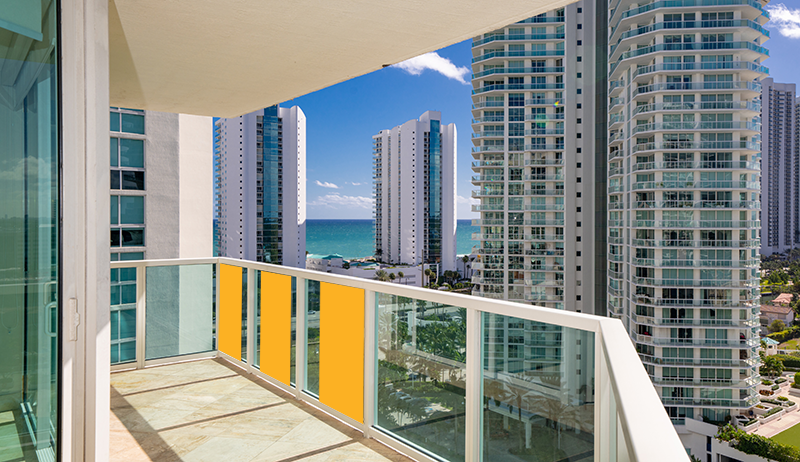Purchasing a new condo unit is an exciting time – and that’s probably an understatement. But while you’re getting settled into your new home, there’s likely a few questions you’ll have along the way. Below are a few of the most common ones.
What is interim occupancy and how might it affect me?
Although you may be able to take occupancy of your unit, you do not officially own it until the entire project is registered with the local municipality. Interim occupancy is the period of time between when you get the keys to your new condo unit (when you can occupy your home) and when you officially take title (when you own your home).
During this time, you pay a monthly fee to your builder that covers three things: interest on the unpaid balance of your unit, estimated municipal taxes for your unit and maintenance expenses. The interim occupancy comes to an end once the builder has completed the condominium building and the condominium corporation is registered with the land registry office. It is at this time your builder will set your final closing date – the date you take full ownership.
Who can make warranty claims?
Once you take occupancy of your unit, your one-, two-, and seven-year unit warranty begins, and you can fill out your first warranty form within your first 30 days of occupancy.
Your unit warranty covers items within your unit boundaries (more on that later), from walls and floors to cupboards and countertops. As the owner of the unit, you are responsible for submitting any warranty claims related to your unit to your builder and Tarion.
MyHome, our online service for homeowners, allows you to fill out and submit warranty forms to your builder and Tarion simultaneously. We recommend that all new condo owners register for MyHome as soon as possible after they take occupancy.
How do I know my unit boundaries?
When you purchase a condo unit, you are buying a “unit” in a condominium project. In order to determine your unit boundaries, refer to the Declaration and Description for the condominium project provided to you by your builder. This will outline your unit boundaries and common elements.
What are common elements and who makes warranty claims for those issues?
Common elements are parts of a residential condominium project that are shared by all unit owners. They generally include all the property except the units themselves. Some examples of common elements are the entertainment room, lobby, elevators, and parking garage. Depending on the type of condo unit you’re purchasing, you may also have access to ‘exclusive common elements.’ These may be things like a balcony that are only for your use but are covered by the common elements warranty. ![]()
The condominium corporation is the “owner” of the common elements of the project, and this means only the condominium corporation can submit and manage common element warranty claims made to the builder and Tarion. The common elements warranty begins when the condominium project is registered with the municipality.
